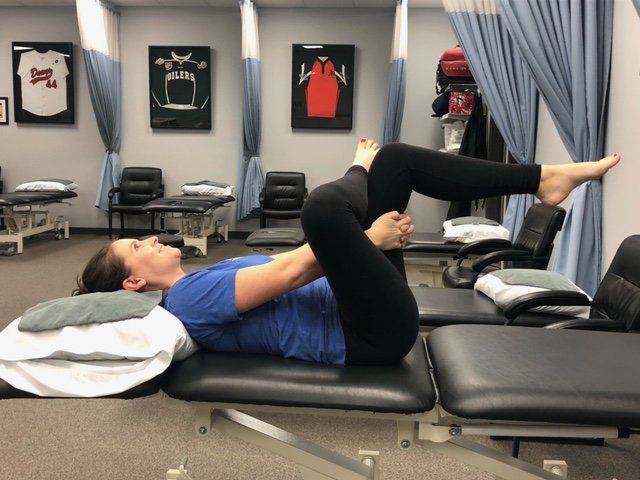
Being a physical therapy practitioner is a rewarding, in its own proportion, career path that is achievable through commitment and education coupled with the desire to assist others. While practicing, physical therapists will assist patients in improving their activities, controlling pain-related conditions, and recovering from physical trauma. Let’s explore and see what the first steps toward becoming a physical therapy practitioner are.
What educational qualifications are required for the physical therapy profession?
The first step to becoming a physical therapist is getting an undergraduate degree and then the student has to undertake a postgraduate qualification in DPT. This must be accredited positively by CAPTE (Commission on Accreditation in Physical Therapy Education). The graduate course DPT normally is made up of class work and clinical practicum comprising courses on anatomy and physiology along with biomechanics labs.
Note that for licensure, you have to undertake the NPTE in order to complete your studies. Though few can be noted, the students will find each state has different requirements for added qualifications or licenses hence one needs to conduct diligent research prior to going.
How Much Time Does One Requires to Be a Physical Therapist?
It requires seven years to become a licensed physical therapist. This is inclusive of the four years for a bachelor’s degree followed by a three years program for a Doctor of Physical Therapy (DPT).
Some students may extend their undergraduate degree completion time or may engage in further clinical training or resident programs after completing their DPT. The moment the curriculum part is over, a would-be therapist must follow the NPTE and may also need to follow any other state requirements to gain their license.

What Skills Does It Take to Be a Successful Physical Therapist?
Some of the key skills necessary for a physical therapist include interpersonal communication skills, problem-solving, emotional stability, and physical strength among others. Other requirements include knowledge of human anatomy, skills concerning manual therapies, and formulating and conducting individualized rehabilitation programs for various age and disease categories.
In this respect, it is significant with regard to the treatment of patients and the coordination between the patients and some other doctors. In this line of work, it is possible to come across clients in pain or with limited range of motion; therefore, compassion and patience become essential.
The other side of the job, problem solving, will allow adjusting the strategies to treat the individual needs of particular patients. Part of your job will also involve physical loads as physical therapists spend most of the working day on their feet with patients and moving about to provide rehabilitation to patients.
What Are the Options for Continuing Education for Physical Therapists?
Physical therapists have to perform incessant learning to continue working in a given state. In this regard, continuing education is often mandated as a certain percentage of states such as Michigan have defined minimum continuing education units required for physical therapists to engage in practice as a routine practice such as every two years or December of each year.
For instance: Some therapists may take up additional board certification in cardiopulmonary, orthopedic, or geriatric therapies. Seminars, webinars and professional events also give abundant information as well as information about modern advancements in the physical therapy world.

What are the Job Opportunities for Physical Therapy Graduates?
PT graduates can find jobs in hospitals, clinics, rehab, or sports centers. Areas of practice also include, pediatrics, orthopedics, neurology, and others. A significant number will also engage in academic activities such as research, teaching, or management in the healthcare industry.
Moreover, they can further authorize themselves and reach higher positions such as healthcare management or administration or change the scope of direction and become teachers in educational institutions. Research practitioners also have a chance to engage in aspects where they look at new ways of coming up with rehabilitation methods or technologies that positively impact the field.
What Is the Salary Range for a Physical Therapist?
Physical therapist salary range varies but on average sits anywhere from $70,000 up to $100,000 a year based on location, experience, and specialty. There will always be variations in the remunerations due to such factors as demographics, working experience, and the work environment of the therapist in question.
For instance, metropolitan physical therapists make more pay than in rural areas. Furthermore, some earn a premium by practicing in orthopedic, neurology, and sports therapy fields where their skills are in high demand.
Wrapping Up!
Working in physical therapy is a satisfying profession that requires both education and creating of skills as well as compassion. In addition, physical therapy has a chance to explore deeper and more in the profession. Rehabilitation, sports medicine, and pediatrics are some of the specialties in which you will be trained and these will help you to change the lives of patients positively. Explore the details of educational programs as well as licensing requirements in order to begin.
